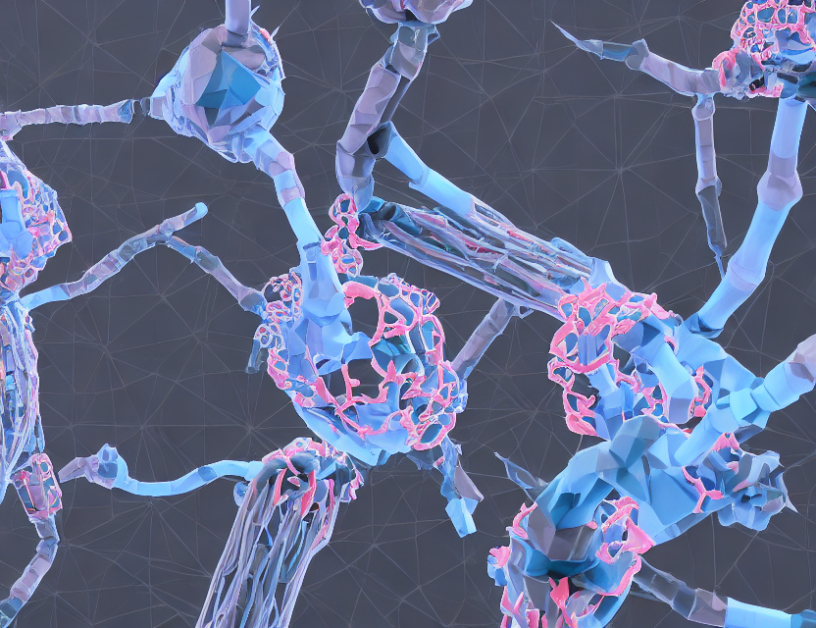Machine learning (ML) is a powerful tool that helps computers learn from data, making predictions or decisions based on patterns found within. However, ML algorithms can easily memorize training data, relying on specific features that are only useful for the training dataset and not for new, unseen data. This is known as overfitting, and it’s a primary challenge in ML development. To prevent overfitting, data needs to be collected from diverse sources to ensure a representative sample of the expected population.
The primary assumption underpinning most ML algorithms is that simple mathematical operations can represent complex relationships between input data and training labels. These operations are combined into building blocks like artificial neural networks (ANNs), convolutional neural networks (CNNs), and weighted sums. However, each step of the pipeline requires careful attention to detail, as shortcuts or failures to follow best practices can lead to algorithm failure during evaluation or post-deployment.
To demystify complex concepts in ML, let’s use everyday metaphors to explain them. Imagine a ML algorithm as a toolbox filled with various simple tools, like hammers and screwdrivers. These tools are combined and weighted based on their importance, similar to how a brain takes in sensory information and weights it based on relevance. Just as the brain relies on specific neurons for different tasks, ML algorithms rely on specific building blocks to represent complex patterns.
In addition, imagine that each tool in the toolbox has a specific function, like a hammer being good for pounding nails or a screwdriver being good for turning screws. Similarly, each building block in an ML algorithm serves a specific purpose, like ANNs being good for detecting patterns in images or CNNs being good for processing data with grid-like structures.
To prevent overfitting, imagine that the toolbox has to be filled with a diverse set of tools to represent different perspectives and avoid relying on any one tool too heavily. Similarly, ML algorithms need diverse training data to generalize well to new, unseen data.
In conclusion, understanding generalizability and overfitting is crucial in developing effective ML algorithms. By using simple analogies like the toolbox metaphor, we can demystify complex concepts and make them more accessible to beginners. With a solid understanding of these concepts, developers can create ML algorithms that perform well on new data, making accurate predictions and decisions based on patterns found within the training data.
Computer Science, Computer Vision and Pattern Recognition
Unlocking AI Potential in Nuclear Medicine



